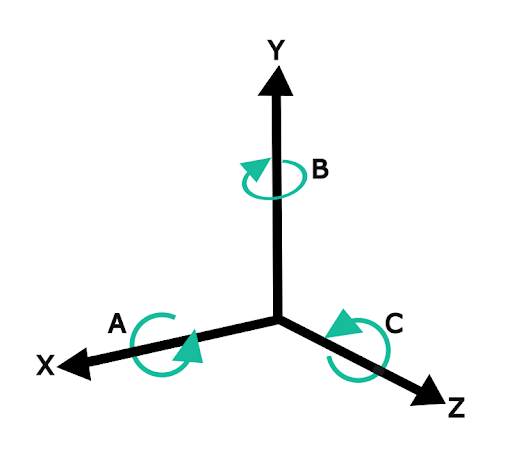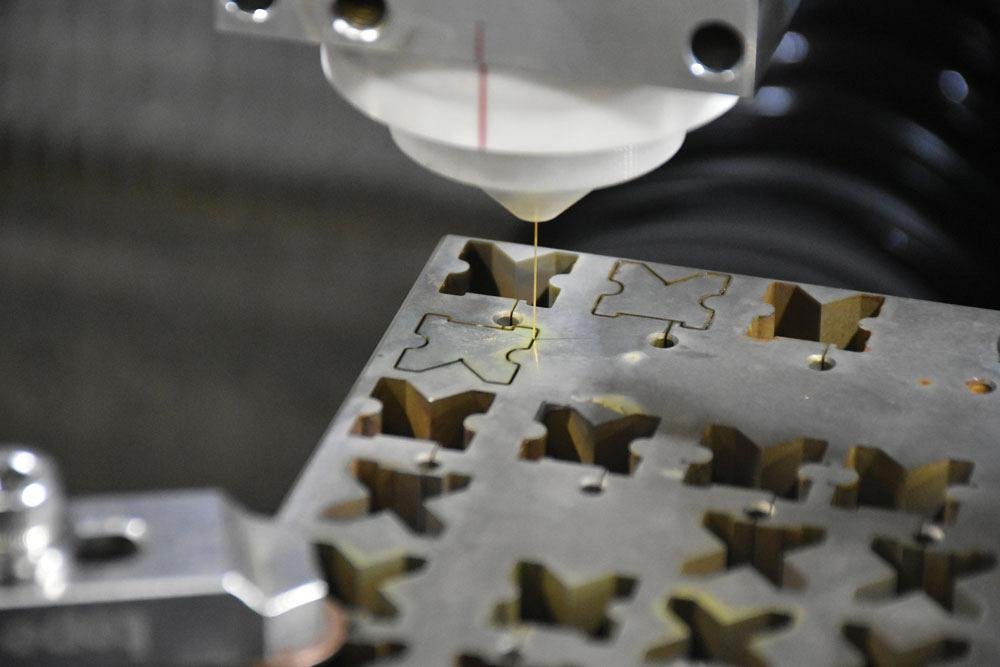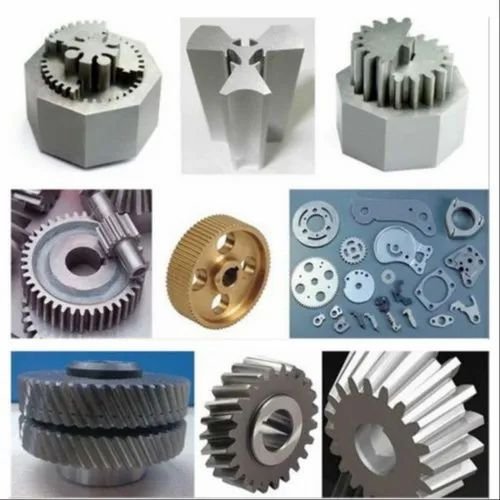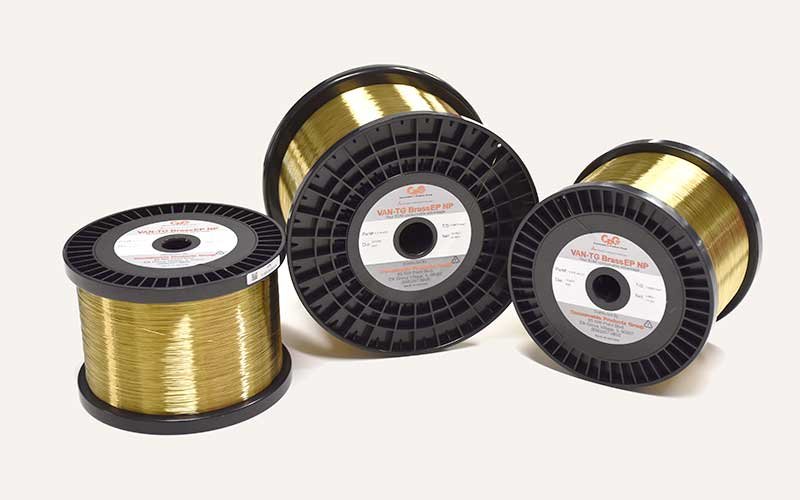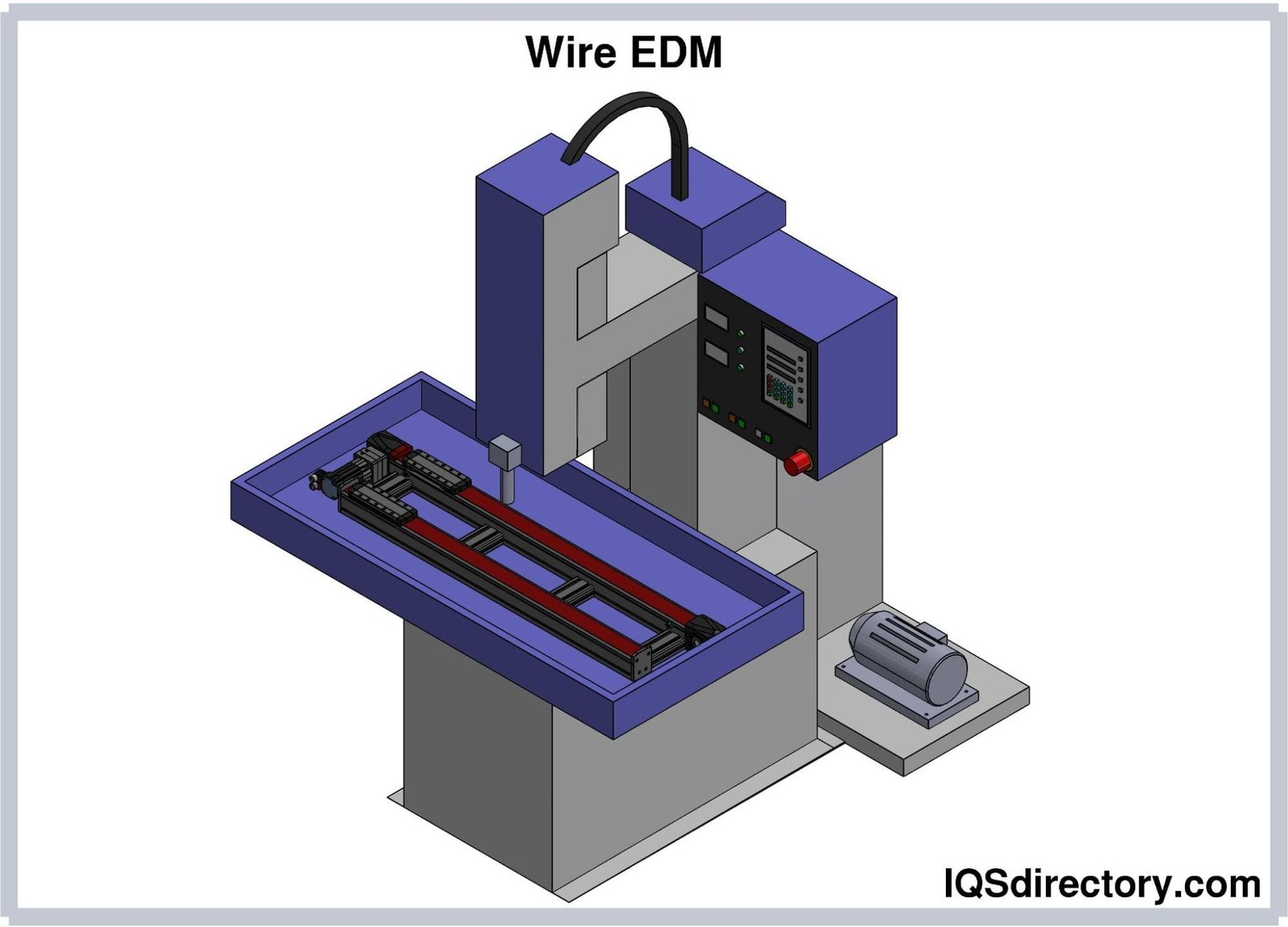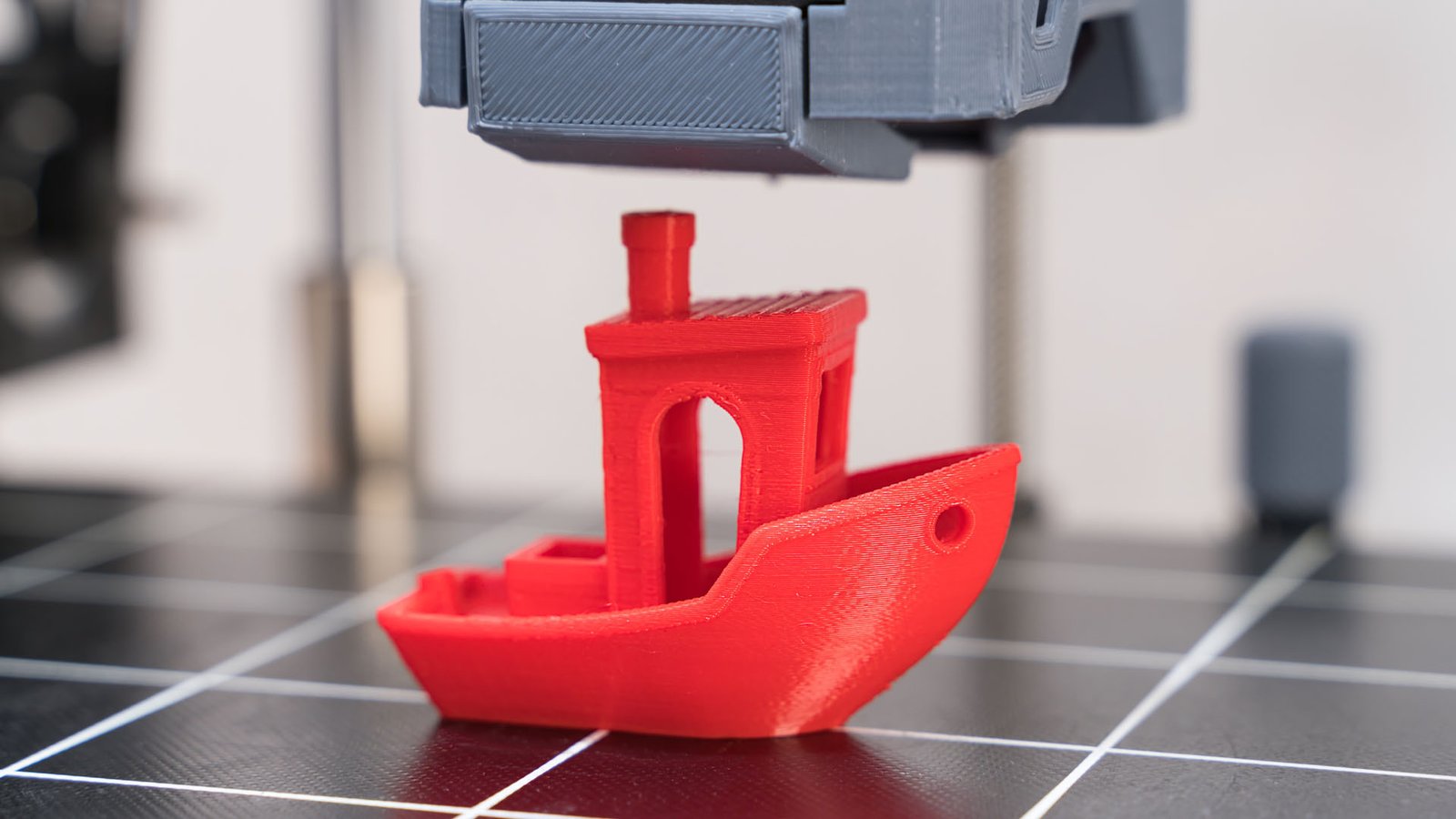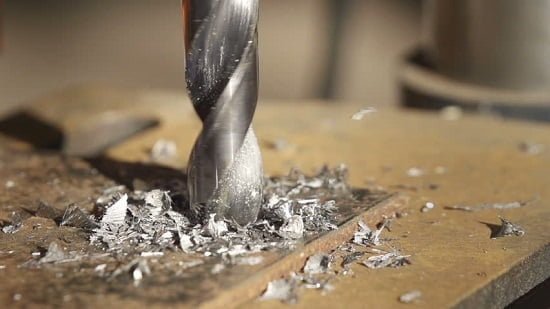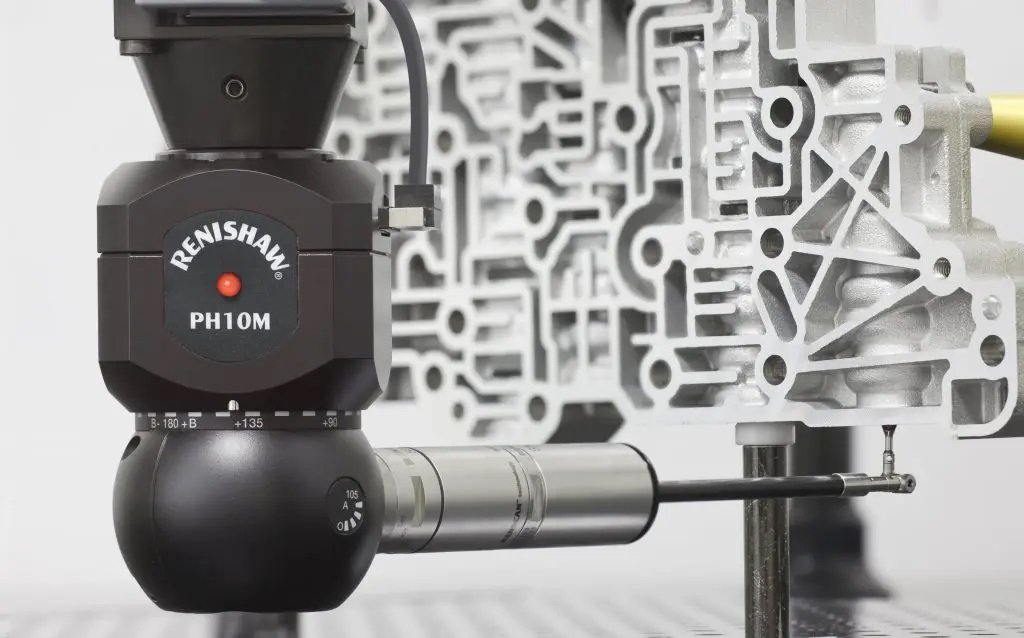3D Printing Technologies: Comparison of 3 Technologies – SLA, FDM, and SLS
Three-dimensional (3D) printing creates parts by building one layer at a time. This method offers many advantages over traditional manufacturing methods. The most important advantages that have attracted attention in the industry are mentioned in this article.
Although 3D printing is not expected to replace traditional manufacturing methods in the short term, it will soon find an unparalleled position in production.
Awareness and understanding of the advantages of 3D printing allow designers to carry out the design process with peace of mind, separate from the production process, and also not to worry about the complexities and limitations of construction.
Additive manufacturing has significantly reduced costs, saved time, and greatly diminished the limitations of traditional manufacturing and production. From conceptual models and prototypes in rapid prototyping to joints and connectors, 3D printing technologies offer numerous solutions for a diverse range of products. In recent years, 3D printers with high resolution have become more cost-effective, reliable, and easier to use, leading to their increased adoption in various businesses. However, the advancement of 3D printing technologies and the proliferation of different methods have made choosing the right 3D printer among the available options a challenging task.
Which technology is suitable for your specific application? What options are available to you? What equipment and training do you need to get started? What are the costs and return on investment? In this article, we will explore three available technologies for 3D printing of plastics:
- Fused Deposition Modeling (FDM)
- Stereolithography (SLA)
- Selective Laser Sintering (SLS)
Each of these technologies has its unique features, advantages, and considerations, and understanding them can help in making an informed choice based on your specific needs and constraints.
Fused Deposition Modeling (FDM) 3D Printers
FDM is the most common type of 3D printer, primarily targeting consumer-level users. FDM 3D printers create parts by melting and extruding thermoplastic filaments, with the nozzle depositing the material layer by layer within the build area.
FDM printers work with various standard thermoplastics, including ABS, PLA, and their composites. The FDM 3D printing technique has evolved well for producing prototypes and conceptual models. For instance, many prototypes that were previously manufactured using machining methods are now being produced with this technology more quickly and at a lower cost.
When comparing SLA, FDM, and SLS technologies, FDM 3D printers have the lowest resolution and accuracy. Moreover, they are not the best choice for printing complex designs compared to other 3D printing technologies.
High surface finish in FDM 3D printers is achieved only through mechanical and chemical polishing processes. Industrial FDM printers use a broader range of thermoplastics and soluble supports to mitigate some surface finish issues. However, the higher overall cost of industrial FDM printers presents another significant challenge.
Stereolithography (SLA) 3D Printers
Stereolithography is the first registered 3D printing technology, emerging in the 1980s, and remains one of the most popular 3D printing technologies among professionals. SLA printers utilize a process called photopolymerization, using a laser to cure liquid resin into hard plastic.
Parts produced by SLA printers are known for their high resolution and accuracy, clear details, and good surface finishes. However, the most significant characteristic of SLA 3D printers is their adaptability and versatility. Manufacturers of raw materials create a variety of innovative resins for SLA printers to cover a wide range of visual, mechanical, and thermal properties for the produced parts.
SLA printers are an excellent choice for prototypes with intricate details that require low tolerance and high surface smoothness. SLA 3D printing is used across a broad range of industries, including engineering and product manufacturing, dentistry, jewelry making, and education.
Selective Laser Sintering (SLS) 3D Printers
Continuing the comparison of the three technologies – SLA, FDM, and SLS, we turn our focus to Selective Laser Sintering (SLS) 3D printers.
SLS is the most common additive manufacturing technology for industrial applications. SLS printers use high-power lasers to melt small polymer powder particles. The unmelted powders act as support during the printing process, eliminating the need for dedicated support structures. This feature makes SLS ideal for producing complex geometries, including internal components, intricate cuts, thin walls, and negative slopes.
Parts produced with SLS have highly desirable mechanical properties, comparable to those of parts made through plastic injection molding. The most common material for SLS printers is nylon, a popular engineering thermoplastic with excellent mechanical properties. Nylon is lightweight, strong, flexible, and resistant to impact, chemicals, heat, UV light, and water.
A combination of low cost per part, high efficiency, and readily available materials makes SLS plastic 3D printers a popular choice among engineers. The technology is well-suited for a variety of applications, including functional prototypes, complex mechanical parts, and short-run production, bridging the gap between prototyping and manufacturing.
Latest Articles in your inbox
Subscribe to our newsletter to get the newest manufacturing and industrial services articles in your inbox once a week.


